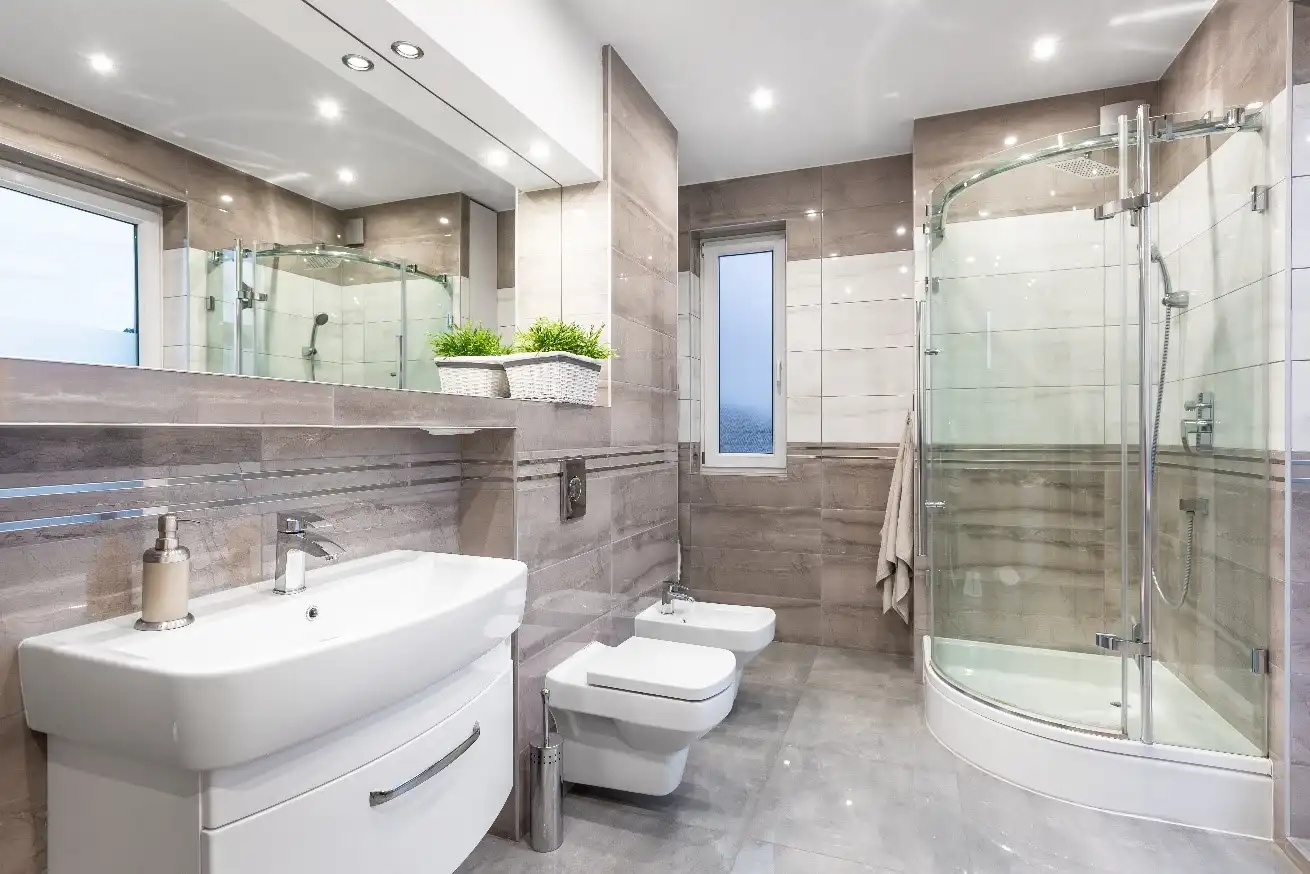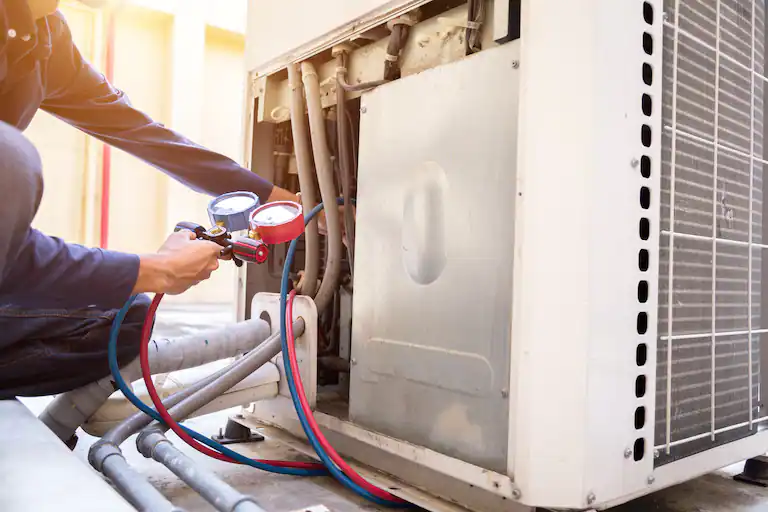A bathroom should be a sanctuary of cleanliness and freshness, but sometimes, unwanted odors can linger, making the space less inviting. Whether it’s due to poor ventilation, mold, mildew growth, or lingering odors from previous use, tackling bathroom smells requires a proactive approach and effective strategies. In this article, we’ll explore a variety of methods for removing bathroom smells and restoring a pleasant atmosphere to your washroom.
Identifying the Source of Bathroom Smells:

- Poor Ventilation: Inadequate ventilation can trap moisture and odors in the bathroom, leading to musty smells and mildew growth.
- Mold and Mildew: Damp environments provide the perfect breeding ground for mold and mildew, which can emit unpleasant odors.
- Unclean Surfaces: Bacteria and grime buildup on surfaces such as toilets, sinks, and floors can contribute to foul smells.
- Clogged Drains: Accumulated hair, soap scum, and debris in drains can emit foul odors when left unattended.
- Improper Waste Disposal: Disposing of waste improperly, such as leaving dirty laundry or trash in the bathroom, can lead to unpleasant smells.
Effective Strategies for Removing Bathroom Smells:
- Improve Ventilation: Proper ventilation is essential for maintaining a fresh-smelling bathroom. Ensure that your bathroom has adequate ventilation, such as a vent fan or window, to allow air circulation and reduce moisture buildup. Run the exhaust fan during and after showers or baths to expel steam and odors from the room.
- Clean Regularly: Regular cleaning is key to preventing and eliminating bathroom odors. Clean surfaces, floors, and fixtures with a disinfectant cleaner to remove bacteria, mold, and mildew. Pay special attention to areas prone to buildup, such as around the toilet, sink, and shower.
- Address Mold and Mildew: If you notice mold or mildew growth in your bathroom, tackle it promptly to eliminate odors. Use a mold and mildew remover or a mixture of water and vinegar to clean affected areas. Consider installing a mold-resistant paint or coating on bathroom surfaces to prevent future growth.
- Freshen the Air: Combat bathroom odors with air fresheners, deodorizers, or natural odor absorbers. Place bowls of baking soda or activated charcoal in the bathroom to absorb odors. Alternatively, use essential oil diffusers or scented candles to add pleasant fragrances to the air.
- Unclog Drains: If you notice foul odors emanating from drains, it may indicate a clog or buildup of debris. Use a plunger or drain snake to remove obstructions from drains and flush with hot water and vinegar to eliminate odors. Consider using a drain cleaner or enzyme-based drain treatment to maintain clean, odor-free drains.
- Dispose of Waste Properly: Ensure that waste, such as dirty laundry, trash, and used hygiene products, is disposed of properly and promptly. Empty trash bins regularly and keep dirty laundry in a hamper with a lid to contain odors.
- Maintain Plumbing Fixtures: Keep plumbing fixtures, such as toilets, sinks, and showers, in good working condition to prevent leaks and odors. Repair any leaks or dripping faucets promptly, and clean toilet bowls and tanks regularly to prevent bacterial growth and odors.
- Natural Remedies: Consider using natural remedies to neutralize bathroom odors. Place bowls of vinegar, coffee grounds, or citrus peels in the bathroom to absorb odors naturally. Sprinkle baking soda on carpets, rugs, or upholstery to deodorize and refresh.
Preventing Future Bathroom Odors:
- Regularly cleaning and maintaining bathroom surfaces, fixtures, and drains.
- Using exhaust fans or opening windows to ventilate the bathroom.
- Drying wet surfaces and towels to prevent moisture buildup.
- Avoid leaving damp towels and clothing in the bathroom.
- Checking for and repairing any plumbing leaks or issues promptly.




